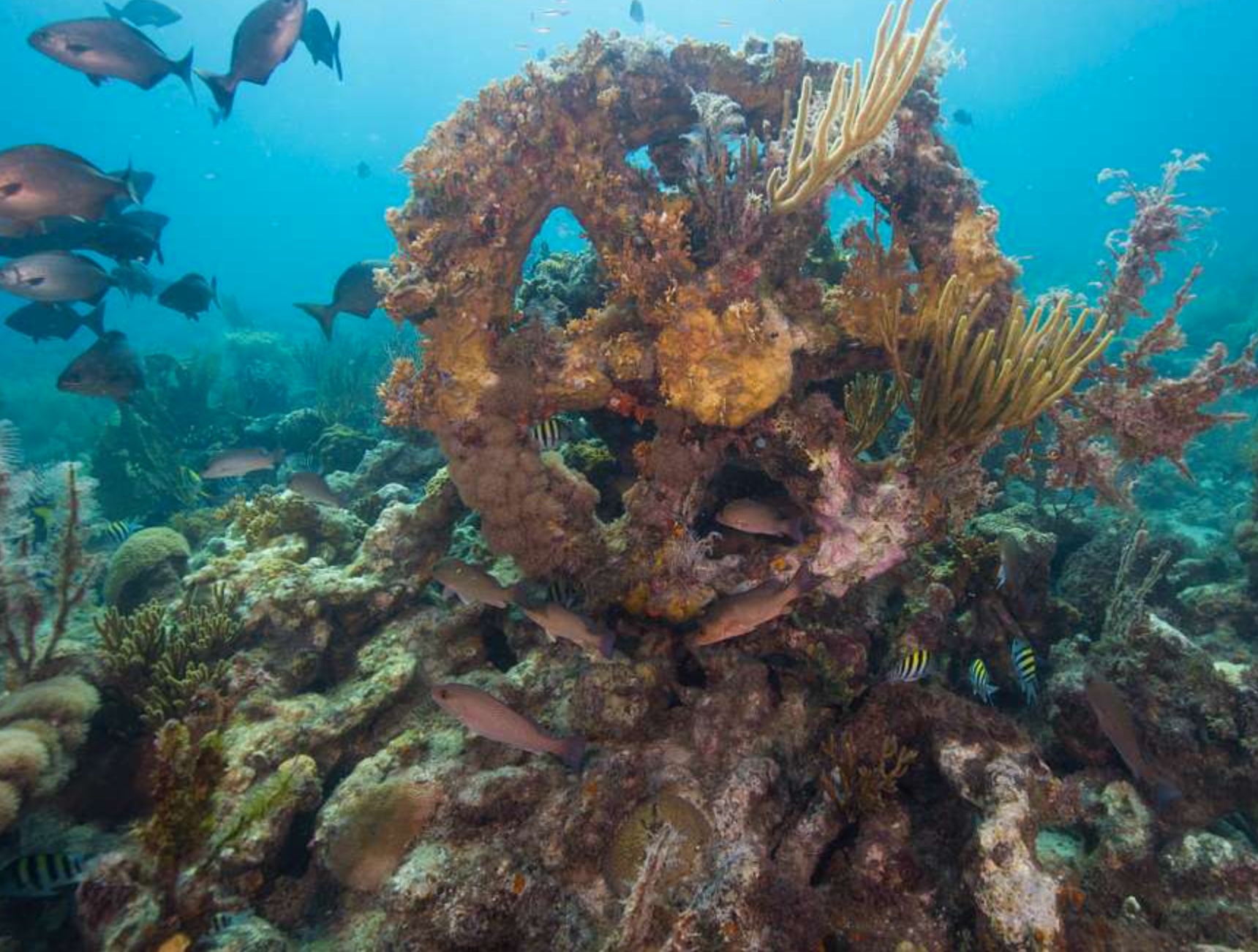Marine Habitat Creation Through Repurposed Metal Structures
Repurposing old metal structures for marine habitats is a great way to benefit both the environment and local marine life.
1. Project Overview:
Provide a concise description of the project. What’s the objective? Here’s a refined version of your idea:
Project Name: “Marine Habitat Creation Through Repurposed Metal Structures”
Description: This project seeks to collect old, discarded metal equipment such as cranes, tractors, trucks, and buses, donated by individuals or companies. These structures will be carefully cleaned, prepared, and sunk to the ocean floor to create artificial reefs. These reefs will serve as habitats for marine life, promoting biodiversity, enhancing local ecosystems, and supporting sustainable fisheries.
2. Project Goals:
Clarify the specific goals you aim to achieve, such as:
- Promote Marine Biodiversity: Creating artificial reefs will provide new homes for fish, invertebrates, and coral species, contributing to the restoration of local ecosystems.
- Reduce Environmental Waste: Repurposing discarded metal structures prevents them from ending up in landfills, offering an eco-friendly solution to waste management.
- Foster Community Involvement: Encourage local businesses, residents, and corporations to contribute by donating unused equipment, strengthening environmental stewardship.
- Support Sustainable Fisheries: With new marine habitats, fish populations will thrive, helping local fishermen by replenishing marine resources.
3. Impact on the Environment:
Explain the positive environmental effects:
- Artificial Reefs: These man-made structures will attract marine life, including fish, coral, and invertebrates, forming ecosystems that benefit the local food chain.
- Coral Growth: Metal surfaces create a stable base for coral larvae to settle and grow, leading to the development of reef systems that provide shelter and food sources for a variety of marine species.
- Reduction of Marine Pollution: By taking old, discarded metal structures and converting them into something beneficial, the project helps reduce ocean pollution by keeping metals from ending up in landfills or contributing to ocean waste.
4. Implementation Plan:
Outline the practical steps involved in carrying out the project. For example:
- Step 1: Partner with companies and individuals to collect donated metal structures.
- Step 2: Ensure the structures are free from hazardous materials (such as oils, paints, or fuels) and prepare them for sinking (e.g., sandblasting, rust removal, etc.).
- Step 3: Coordinate with local marine agencies or environmental groups to determine suitable locations for sinking the structures where they will have the greatest ecological benefit.
- Step 4: Transport the structures to the predetermined location, and sink them with care to avoid any disruptions to the surrounding ecosystem.
- Step 5: Monitor the sites regularly to track the growth of marine life, such as fish populations and coral health.
5. Budget:
Estimate the costs associated with the project. This may include:
- Collection and transportation of the metal structures
- Preparation costs (cleaning, rust removal)
- Equipment for sinking the structures
- Permitting and coordination with local authorities
- Monitoring and assessment of reef development
6. Sustainability and Long-Term Impact:
How will this project have lasting effects?
- Ongoing Monitoring: Ensure continuous monitoring of the artificial reefs to assess their impact on the local ecosystem.
- Public Engagement: Raise awareness about the importance of artificial reefs and involve the community in sustainability initiatives, such as clean-up events or educational programs about marine ecosystems.
- Partnerships: Form partnerships with local marine research institutions, conservation organizations, and environmental groups to support ongoing maintenance and expansion of the project.
7. Evaluation and Reporting:
Outline how you will measure the success of the project and report back to funders:
- Ecological Impact: Conduct regular assessments to measure increases in fish populations, coral growth, and biodiversity around the artificial reefs.
- Community Participation: Track the number of donations received and the involvement of local businesses and individuals in the project.
- Sustainability Metrics: Measure how effectively the project reduces waste and supports the long-term health of local marine ecosystems.
By framing your project in this way, you will make a compelling case for funding, demonstrating its environmental, social, and economic benefits. If you’d like to work further on any section or have specific details you want to include, just let me know!



